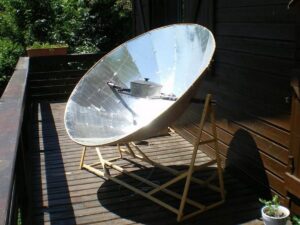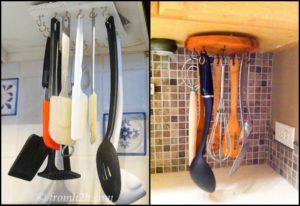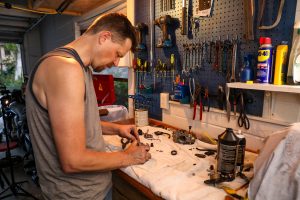Last Updated on November 4, 2022 by teamobn
Wherever humans have gone in the world, they have brought with them two things: language and fire. When primeval peoples travelled through tropical jungles, they tended to the precious embers of old fires, sheltering them from downpours, and holding them aloft during river crossings.
When our ancestors settled the frozen, howling Arctic, they built fire in stoneware bowls filled with animal fat.
Charles Darwin himself considered the control of fire among the most significant triumphs of humanity.
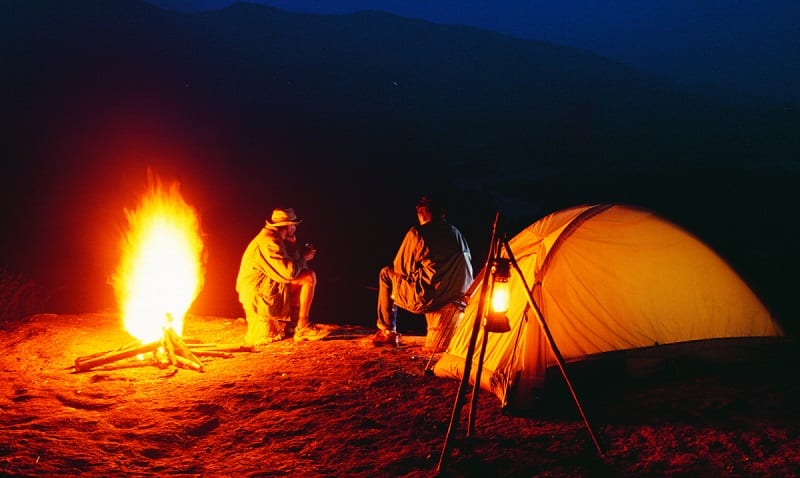
Preparing a Fire Kit
Regrettably, however, the art of building a fire has disappeared for all but the most avid outdoorsmen and bushcraft survivalists. When the weather dips into the single digits, we simply turn up the thermostat.
But fire craft is a skill that can still mean the difference between life and death during an emergency. And, in an age of pandemics and extreme weather, preparing a fire kit ahead of time may still help you survive a freezing night – or worse.
What You’ll Need
Your DIY fire kit should include combustion tools. You can use a waterproof lighter, Ferro rods, flint and steel, fire pistons, magnesium bars, or plain old storm matches.
You’ll also need a tinder bundle to start the fire. Commercial fire starters are available. But why pay $8 to $10 for waterproof starter tabs when you can make your own for much less?
Here’s what you’ll need for your DIY tinder bundle:
- 12 feet of jute twine (the thicker, the better)
- Half-a-handful of wax (if you do not have wax, you can use crayons)
- Double boiler and stove
- Nail or metal pin like a door hinge pin
- Variable speed drill (optional)
How to Make a Waterproof Tinder Bundle
Step 1. Set up your double boiler to melt the wax. You will need enough water in the bottom container to make the top container float. Bring the water to a boil.
If you do not have a double boiler, your kitchen stove will work. To minimize fire hazards, don’t use open flames or high heat directly on a pan with wax in the bottom.
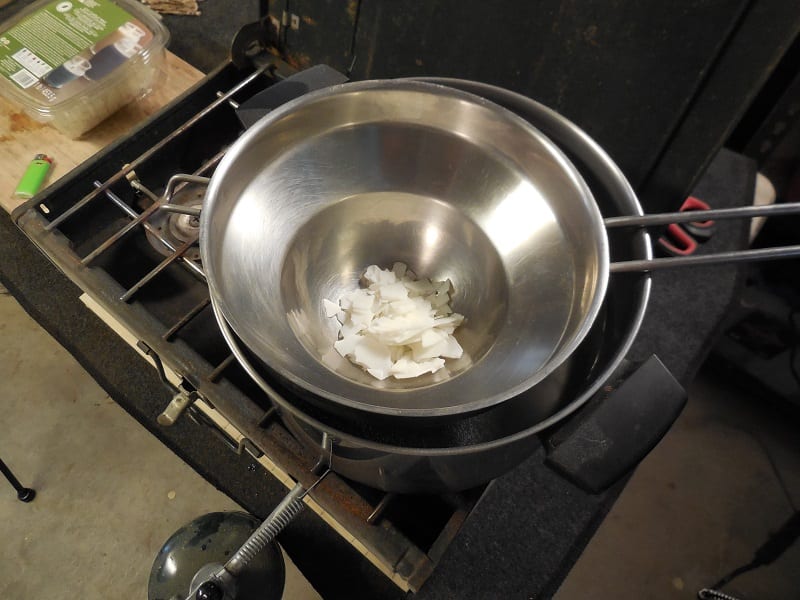
Step 2. Measure and cut 12 feet of jute twine. Roll the twine around 3 of your fingers to make a loose bundle. Place the entire bundle in the melted wax. Flip it over to completely saturate the jute. The twine is absorbent and will quickly soak up the liquid wax.
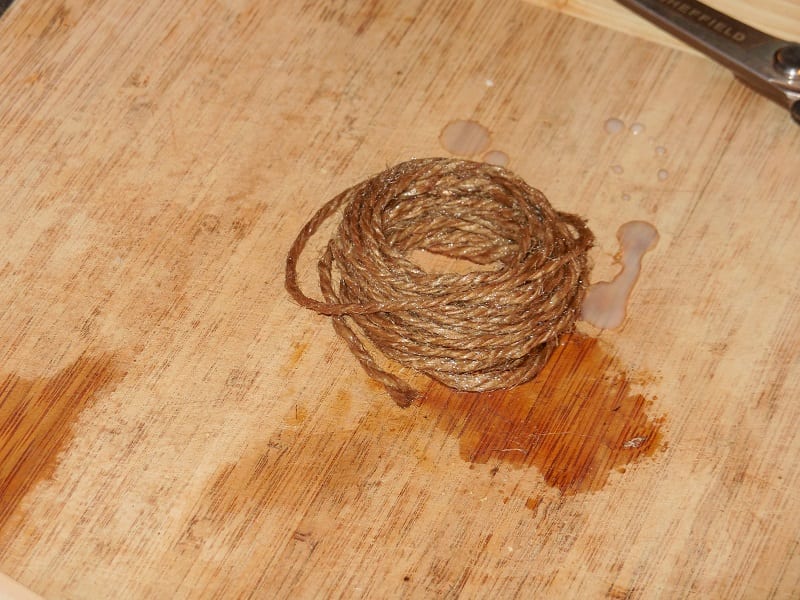
Step 3. Place the drill in a vise. Remove the bundled twine from the wax. Tie one end of the wax-covered twine to the head end of the pin with a basic slip knot. Be sure to do this quickly after retrieving the twine from the wax. The longer you wait, the stiffer the twine becomes.
With one hand holding the drill and the other clutching the tag end of the twine, slowly squeeze the trigger. Wind the twine around the pin.
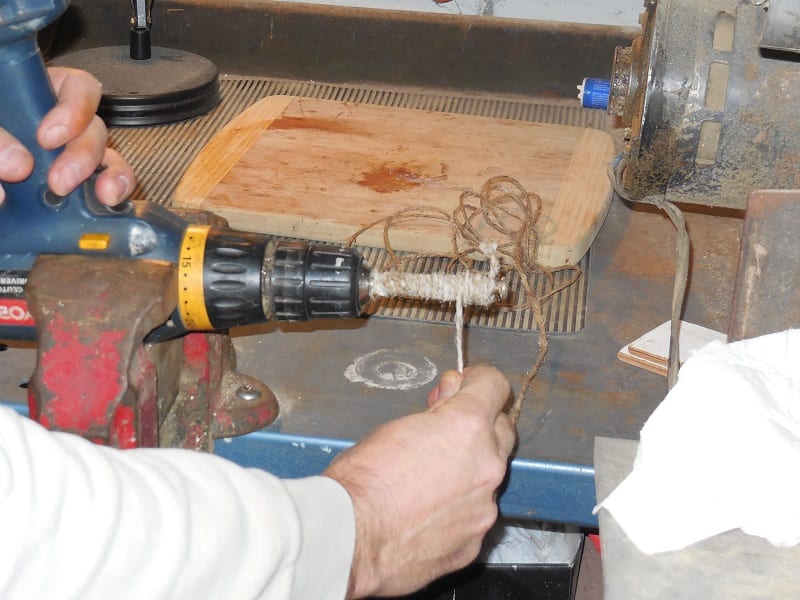
Coil the cord almost to the drill bit opening on your first pass. When the cord nears the tip of the drill, guide the twine back towards the other end. If you do not have a drill, you can wind the twine around a nail or metal pin by hand.
Step 4. Remove the pin from the drill. Hold the bundled twine in your hand and press it gently down on a hard surface, causing the head end of the pin to emerge from the top of the bundle. Pull the pin up and out. If you used a smooth metal pin, the bundle will slide off easily.
Tie the loose tag end but leave a 1-inch tag hanging free. This loose end is where you’ll start unrolling pieces from the bundle.
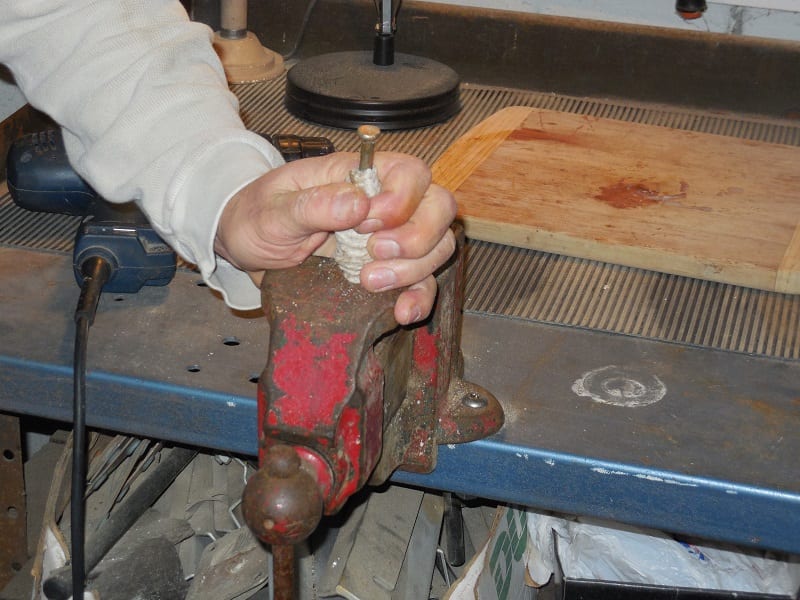
Step 5. While the wax in your pan is still liquefied, hold the knot end of the bundle and coat it with the remaining melted wax. Hang it from the knot with a clip to dry. Wait until the wax dries and then repeat.
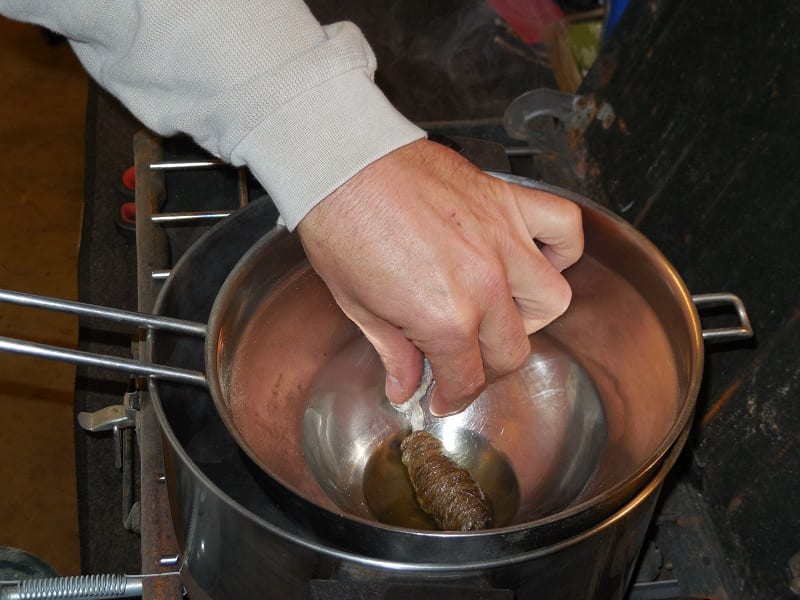
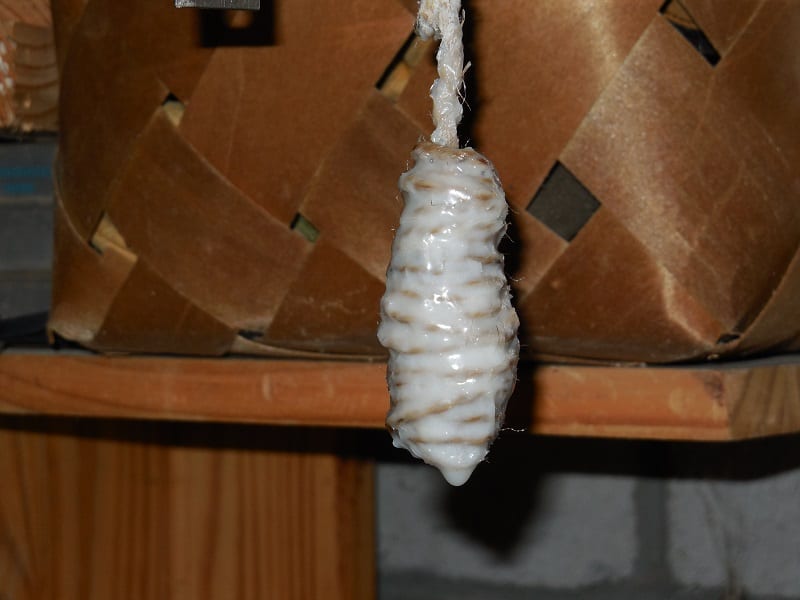
Step 6. To use your tinder bundle, find the 1-inch tag end from Step 4. Untie and roll off a 2-inch section. The wax will crumble but that will not affect the waterproofing. Process the bundle by pulling and fraying the individual strands to create a fibrous, hairy looking nest.
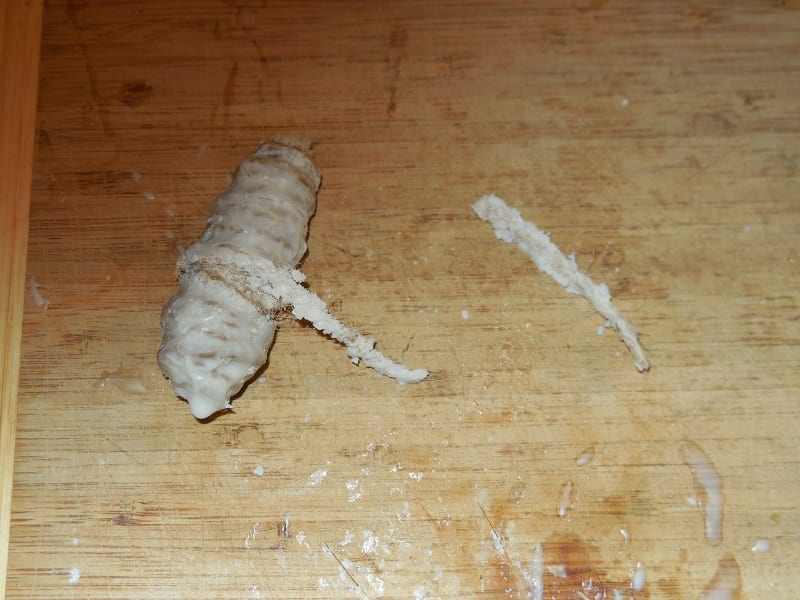
You’re done. You can now cut a section from your tinder bundle and test using your lighter or Ferro rod.
Remember to store your kit in a watertight container the next time you go on a camping trip or a hike.
We thank Todd Walker for this fantastic bushcraft DIY project. You can follow Mr Walker on his excellent blog, Survival Sherpa, for more bushcraft and wilderness self-reliance DIY projects.


